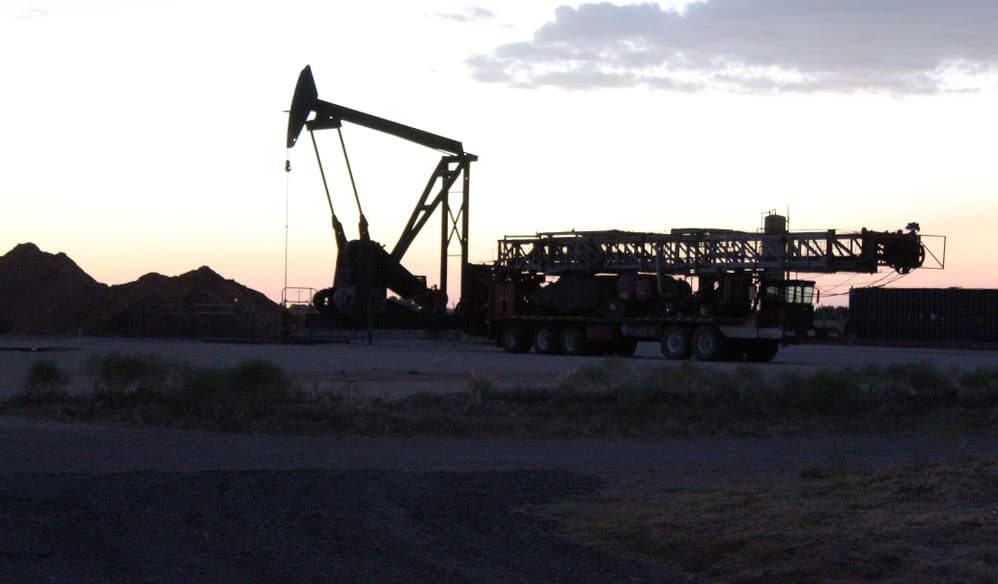The next big Permian bottleneck is manpower, as oilfield workers are increasingly fed up with the inconsistency of a boom-and-bust industry that offers big paydays but little job security.
A pipeline shortage slowed output this year, leading to a record 3,722 drilled-but-never-opened wells. But three major conduits set to open in 2019 are expected to solve that. The newest snag: Finding hundreds of workers over the next 18 months to open those wells, at a time when the firing of 440,000 workers between 2014 and 2016 remains a fresh and painful memory.
Welcome to the next big Permian Basin bottleneck.
“It’s a huge concern for 2019,” said James Wicklund, a Credit Suisse Group AG analyst in Dallas, talking to Dallas Morning News. “It’s frankly today a bigger concern than oil prices, because oil prices are fine where they are. The availability of labor is not.”
By the time the new pipelines are fully in service, potentially adding more than two million barrels a day of capacity, the number of unfracked wells could reach 7,000, according to the Tulsa, Oklahoma-based consultant Spears & Associates.
Now, there’s 174 fracking crews in the Permian, according to Primary Vision Inc., with roughly 20 to 30 workers each. Colin Davies, an analyst at Sanford C. Bernstein, expects that count to fall even lower. But once the pipes open, Davies believes as many as 100 more crews may quickly be needed.
Schlumberger Ltd., the world’s biggest oilfield services company, told Bloomberg last month that it was trying to hold tightly to some of its experienced oilfield workers by looking at shifting them to other jobs until they’re needed back in the Permian field. And the industry is starting to recruit broadly, focusing on areas well outside the Permian so as not to cannibalize companies and communities close to the oilfields.
But it’s not an easy proposition. After being fired in the oil rout, many former oilfield workers have settled into other jobs with much less volatility. Meanwhile, the US jobless rate is at its lowest level in years.
“We’re already underwater in regards to finding qualified talent in that area,” said Amanda Dale, who is hoping to double the size of her Houston hiring firm, Energy Careers, to eight staffers in 2019, anticipating an oil industry buildup.
Rather than simply finding warm bodies to do the work, Dale said companies are pressing for experienced or qualified people. But she’s having a hard time filling those requests, she said, mainly because workers just got sick of the inconsistency of a boom-and-bust industry. “The work is there,” Dale told Dallas Morning News. “But they can’t find the people. I can only imagine what it’s about to be in a year to year-and-a-half.”
The industry made a “giant mistake” in letting so many people go during the last downturn, said Chris Wright, chief executive officer at Liberty Oilfield Services Inc.
“Our industry isn’t sexy today,” he told Bloomberg. “That piece of the story, the human piece over the next two years, is going be the biggest strain for the industry.”
Crystal Webb, chief executive officer of the oilfield recruiting firm Intent Houston LLC, said she believes the industry needs to change the focus of its worker search moving forward.
While the industry has depended primarily on high pay in the past, it needs to add better working conditions, more affordable housing and better benefits to compete for workers in the current job environment, she said.

